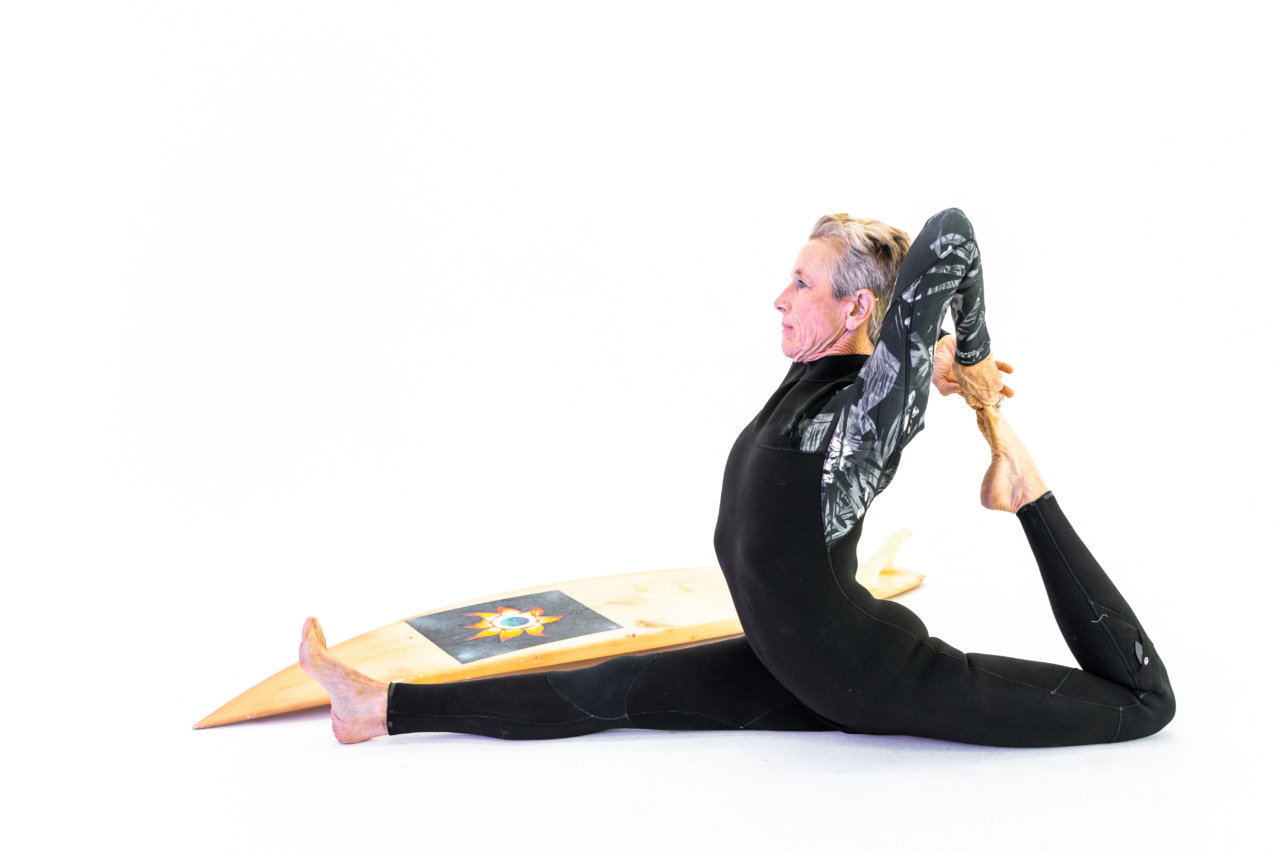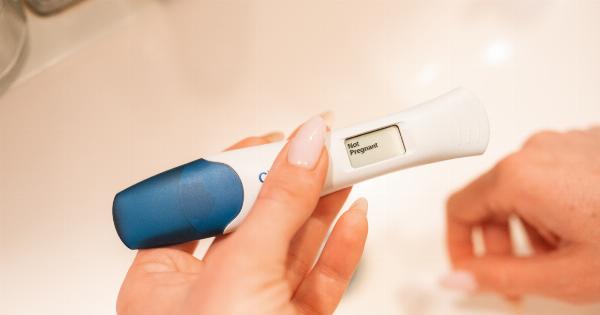Menopause is a natural biological process that occurs in women as they age. During this stage, a woman’s body goes through various hormonal changes, leading to the cessation of menstruation.
Along with these hormonal changes, menopause is also associated with an increased risk of cardiovascular diseases. In fact, cardiovascular disease is the leading cause of death among menopausal women. However, engaging in regular physical activity can significantly improve cardiovascular health during menopause.
This article explores the importance of physical activity for cardiovascular health in menopause and provides helpful tips for staying active during this stage of life.
The Relationship Between Menopause and Cardiovascular Health
Menopause is associated with several cardiovascular changes that can increase the risk of heart disease. Estrogen, a hormone that plays a protective role in maintaining cardiovascular health, decreases significantly during menopause.
This decline in estrogen levels can lead to increased cholesterol levels, an accumulation of fatty deposits in the arteries, and an increase in blood pressure. These factors, combined with age-related metabolic changes, contribute to an increased risk of cardiovascular diseases such as heart attacks and strokes.
Benefits of Physical Activity for Cardiovascular Health in Menopause
Engaging in regular physical activity offers numerous benefits for cardiovascular health in menopause. Here are some of the key advantages:.
1. Reduces the Risk of Heart Disease
Regular physical activity has been shown to reduce the risk of heart disease in menopausal women.
Exercise helps lower blood pressure, improve cholesterol levels by increasing HDL (good cholesterol) and decreasing LDL (bad cholesterol), and reduce the accumulation of plaque in the arteries. These improvements lead to a lower risk of developing cardiovascular diseases.
2. Improves Blood Circulation
Physical activity stimulates blood circulation, which is essential for maintaining cardiovascular health. It helps keep the blood vessels flexible and prevents the formation of blood clots that can cause heart attacks or strokes.
Improved blood circulation also ensures that oxygen and nutrients are efficiently delivered to the heart and other vital organs, keeping them healthy.
3. Manages Weight Gain
Many women experience weight gain during menopause, particularly around the abdomen. Excess weight, especially visceral fat, increases the risk of developing cardiovascular diseases.
Engaging in regular physical activity helps manage weight gain by burning calories, increasing metabolism, and maintaining a healthy body composition. It also reduces the risk of obesity and obesity-related conditions such as diabetes and high blood pressure.
4. Maintains Healthy Blood Pressure Levels
High blood pressure is a common issue during menopause and is a significant risk factor for heart disease and strokes.
Regular physical activity can help lower blood pressure levels by improving the elasticity of blood vessels, reducing the workload on the heart, and promoting overall cardiovascular fitness. Maintaining healthy blood pressure levels is crucial for preventing cardiovascular diseases.
5. Boosts Mood and Reduces Stress
Menopause is often accompanied by mood swings, anxiety, and increased stress levels. Engaging in physical activity, such as aerobic exercises or yoga, triggers the release of endorphins, also known as “feel-good” hormones.
These hormones help reduce stress, improve mood, and enhance overall mental well-being. Regular exercise also promotes better sleep, which is essential for maintaining overall health.
6. Strengthens Bones
Estrogen plays a crucial role in maintaining bone density, and its decline during menopause can lead to the development of osteoporosis.
Regular weight-bearing exercises, such as walking, jogging, or strength training, help strengthen bones and reduce the risk of osteoporosis and fractures. Strong bones are essential for overall health and also protect against falls and injuries.
7. Enhances Overall Cardiovascular Fitness
Engaging in regular physical activity improves cardiovascular fitness, which is essential for maintaining a healthy heart and reducing the risk of cardiovascular diseases.
Activities such as brisk walking, swimming, cycling, or aerobic exercises strengthen the heart muscle, increase lung capacity, and improve the body’s ability to use oxygen efficiently. These improvements contribute to better cardiovascular health overall.
8. Social Engagement and Support
Participating in physical activities often provides opportunities for social engagement and support, which are beneficial for mental well-being during menopause.
Joining group exercise classes or sports teams can help women connect with like-minded individuals, form friendships, and provide mutual encouragement to maintain an active lifestyle. Social support can play a significant role in sticking to regular physical activity routines.
9. Improves Mental Health
Menopause can bring about various mental health challenges, including depression and anxiety. Regular physical activity has been shown to improve mental health and reduce the symptoms of depression and anxiety.
Physical activity stimulates the release of endorphins, which elevate mood and decrease feelings of sadness or irritability. It also provides a distraction from negative thoughts and promotes overall mental well-being.
10. Reduces the Risk of Type 2 Diabetes
Women’s risk of developing type 2 diabetes increases during menopause, partially due to hormonal changes and weight gain.
However, engaging in regular physical activity can help maintain healthy blood sugar levels, improve insulin sensitivity, and reduce the risk of developing type 2 diabetes. Exercise also aids in weight management, another crucial factor in diabetes prevention.
Tips for Staying Active During Menopause
Here are some helpful tips for incorporating physical activity into your daily routine during menopause:.
1. Find Activities You Enjoy
The key to sticking to a regular exercise routine is finding activities you enjoy. Whether it’s dancing, swimming, hiking, or cycling, choose activities that bring you joy and make exercise feel less like a chore.
2. Start Slowly and Gradually Increase Intensity
If you’re new to exercise or have been inactive for some time, start slowly and gradually build up your endurance and intensity. Listen to your body and avoid overexertion, as it can lead to injuries or burnout.
3. Incorporate Strength Training
Include strength training exercises in your routine at least twice a week. Strength training helps build lean muscle mass, increases metabolism, and supports overall bone health.
4. Prioritize Consistency over Duration
It’s better to engage in regular physical activity for shorter durations rather than sporadic lengthy sessions. Aim for at least 30 minutes of moderate-intensity exercise most days of the week.
5. Make it a Habit
Try to make physical activity a habit by scheduling it at the same time each day or week. This consistency will help you incorporate exercise into your lifestyle more seamlessly.
6. Break it into Smaller Sessions
If finding continuous blocks of time is challenging, break your physical activity sessions into smaller increments throughout the day. For example, three 10-minute walks can be as effective as one continuous 30-minute walk.
7. Stay Hydrated
Drink plenty of water before, during, and after exercise to stay adequately hydrated. Proper hydration is essential for optimal physical performance and preventing dehydration.
8. Warm Up and Cool Down
Always start your exercise sessions with a warm-up to prepare your body for the activity. Similarly, end your workout with a cool-down to gradually lower your heart rate and stretch your muscles.
9. Listen to Your Body
Pay attention to any discomfort or pain during physical activity. If something doesn’t feel right, modify the activity or consult a healthcare professional to prevent injuries.
10. Seek Professional Guidance
If you’re unsure about the best types of exercise or how to get started, consider seeking guidance from a fitness professional. They can tailor an exercise program to your specific needs and goals, ensuring maximum benefits.






























